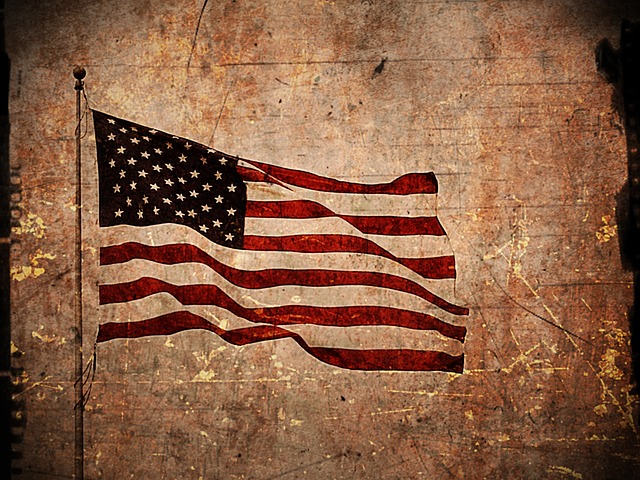Political advertising is used by local political candidates to get their message out to voters using television and the internet. It is the aim of these advertising efforts to influence the vote.
Presidential Campaign Ads
Media has changed through the course of many presidential elections, allowing us to learn many lessons applicable to local elections. Radio, TV, and now the internet have had a huge impact on how we can reach our target market, as well as the speed and cost involved.
The time honored way of campaigning by pressing flesh and kissing babies can be now so narrowly targeted to reach women only with a message targeted to them, messages to young adults that appeal to them, and so forth, and so on. The candidate never even has to leave his home.
Three presidents, Dwight D. Eisenhower, John F. Kennedy, and Lyndon Johnson, all used TV for their political advertising campaigns.
In the 1952 Presidential elections, Dwight D. Eisenhower used 40 twenty-second television commercials to answer questions from everyday Americans one day at Radio City Music Hall. These were turned into ads. They called the campaign “Eisenhower Answers America.”
During the 1960 elections, both Vice President Richard Nixon and Senator John F. Kennedy essentially went to the mat before American audiences. It’s a historical fact that Nixon refused makeup, was generally nervous and sweated throughout one particular debate with Kennedy. However, JFK took the makeup, and got his swagger on. It cost Nixon the election.
Kennedy was also able to allay fears about the Presidency and Catholic candidates. For the first time a candidate was able to address issues in a one-on-one fashion, which engenders trust.
Those who listened to the debate on the radio thought the debate went one way, whereas those who watched it on television thought it went the opposite way. This is understood to indicate that these two medias related to audiences differently.
Political Advertisements
Cable television made yet another leap in political ads, allowing target demographics to be reached with more accuracy such as women and young adults, according to history. President George H. W. Bush and Governor Bill Clinton took advantage of this new technology in 1992.
The internet impacted the 2004 elections in a considerable way, and most recently, in the 2016 election campaigns were run on Youtube video, search and social media like never before, giving Donald Trump a huge edge.
Reaching new demographics online with tailored ads to particular audiences, supporters and constituents changes the politics game entirely.
Negative Campaign Advertising
Lyndon Johnson’s campaign during the 1964 election entitled “The Daisy Girl” was one of the first negative campaign ads ever run. A young girl was filmed picking the petals off a daisy. Off camera a voice began a countdown to a nuclear explosion. The ad ended with an appeal to vote for Johnson, “because the stakes are too high for you to stay home.”

Throughout the seventies and eighties, political attack ads became even more prominent.
According to Moody’s Investment Services campaigns spend more than $3 billion on ads for the 2012 elections.
This provided lots of ads to analyze and compare data. The results? Happy, positive ads with pics of flags and fields of grain cause voters to vote conservative. Negative ads invoke thoughtful considerations resulting in more conservative ads.
Is it any surprise that evoking emotions impacts votes? This is marketing 101, is it not? Marketing, psychology and influence?
Getting people to pay attention to ads is absolutely necessary for influence. A negative advertisement does this best. Marketers know that fear of loss moves people more than possible reward. Negative ads cause us to be afraid, to pay attention, to check facts and news, and seek information.
Ads that were more positive were considered boring and less memorable.
Negative ads also help weaken the reliance on partisan views. Positive ads reaffirm them and the choices already made.
Studies indicate that due to these effects, a candidate would use positive ads when ahead and use negative ads when they are behind.
If you are behind, shake things up. To do that make people anxious about the other candidate. Doing this will cause them to reconsider their voting decision. If, instead, you’re ahead, appeal to the emotions of pride and enthusiasm.
According to Wikipedia’s entry for political advertising mentions these two thoughts also worth consideration:
While there have been some increases in regulation of campaign finance in the United States, there is generally little regulation of political advertising content.
It was the dawn of television that changed the way politicians reached their audiences. Before that, it was all about getting out and about, meeting the voters, holding town-hall debates and shaking hands. In fact, in 1948 Harry S. Truman covered over 31, 000 miles in America, shaking over half a million hands! That was quite the achievement back then, but it would be astonishing today. No candidate would ever put that kind of a commitment into the meet-and-greet when advertising can do a far more effective job.
